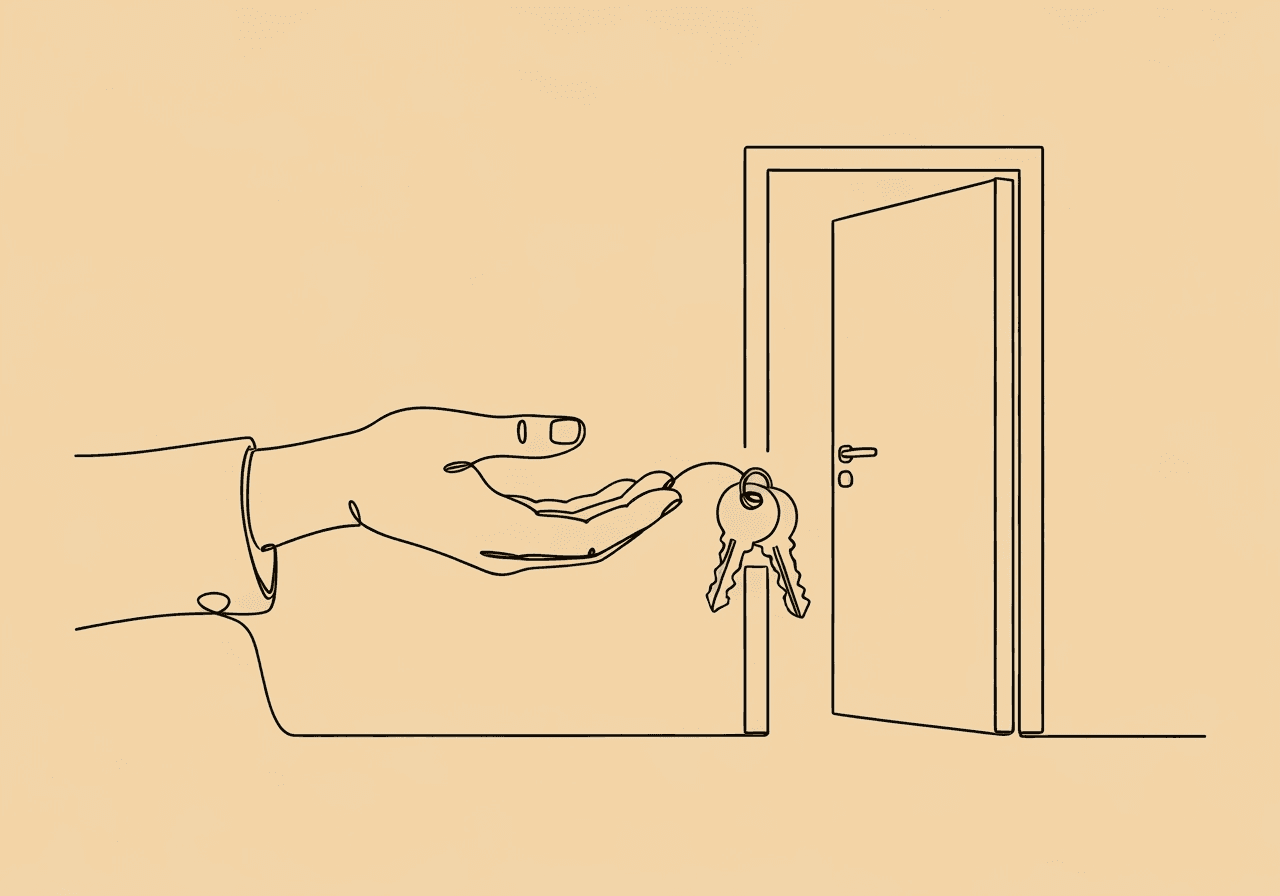BCBA Communication Documentation: Ethical Guide

In Applied Behavior Analysis (ABA), a quick-moving field, ethical decisions directly shape client results. For Board Certified Behavior Analysts (BCBAs), BCBA communication documentation is a cornerstone of professional integrity. BCBAs handle complex conversations with clients, families, and other professionals, making thorough records vital for transparency and accountability. The Behavior Analyst Certification Board (BACB) Ethics Code for Behavior Analysts (2022) requires high-quality documentation of all work in standard 3.11 to prove services and meet regulations.
As a BCBA, mastering this practice prevents ethical issues and improves teamwork and care. This guide covers key parts of compliant documentation, using BACB standards and best practices. You'll learn how to set communication boundaries, log talks for smooth care, handle bad events, and manage service changes—all to help you follow BCBA Ethics Code 3.11 with confidence.
Here are the key takeaways from this guide:
- Always get and document informed consent before services begin, clearly outlining what will be documented and how it will be shared.
- Use a centralized stakeholder communication log to track all interactions, ensuring the notes are objective and factual.
- Document adverse events and ethical dilemmas immediately and confidentially, including the steps taken and the reasons for your decisions.
- Ensure smooth client transitions and discharges with thorough summary reports and clear communication records.
Establishing Communication Boundaries and Consents
Effective BCBA communication documentation starts with clear boundaries and informed consent. This makes sure all stakeholders understand expectations from the beginning. The BACB Ethics Code stresses getting and documenting consent to build trust and avoid mix-ups.
Under standard 2.11, BCBAs must explain their services, risks, and benefits in simple terms. Then, they need to get written consent from clients or guardians. This includes spelling out what will be documented—like session notes and progress reports—and how it will be stored or shared. For example, records must outline methods for sharing updates that follow security rules like those in HIPAA guidance on email security to protect privacy while enabling collaboration.
Document these talks right away in a consent form or initial note. Make sure to include signatures, dates, and any verbal agreements. This practice matches up to your ethical duties and helps set ongoing boundaries, like limiting after-hours communication.
If you don't document consents, it can lead to arguments or compliance trouble. It's better to use templates that capture details like preferred contact methods and update frequency to keep things professional.
Documenting Communication for Continuity of Care
Smooth ethical documentation in ABA ensures client progress doesn’t stop when your team changes. BCBAs must record all interactions to provide a clear history. This makes handoffs and decisions easier.
Start with a stakeholder communication log to track phone calls, emails, and meetings. Each entry should note the date, participants, topics, and outcomes. It's important to stick to the facts so no one misreads the information. For instance, write "Discussed goal mastery on social skills; parent agreed to reinforce at home daily" instead of a vague summary.
Integrate these logs into Electronic Health Record (EHR) systems, using specific fields for session notes and caregiver feedback. Best practices recommend documenting within 24 hours, and no later than 7 days, to capture details accurately, since delays can hurt care quality, as noted in ABA therapy documentation best practices. This approach supports BACB guidelines for keeping detailed records.
In practice, these logs prevent information gaps during staff changes. They also allow for data-driven changes, like adjusting a plan based on documented parent feedback. Tools like standardized SOAP notes can streamline this process, ensuring all providers are consistent.
Documenting Adverse Events and Ethical Dilemmas
When problems come up, exact BCBA communication documentation is crucial for solving them and showing you acted ethically. Standards 1.05 (Cultural Responsiveness) and 1.06 (Confidentiality) guide BCBAs to handle dilemmas carefully while protecting private information.
For adverse events, like a client's unexpected behavior change, document the facts immediately. Note what happened, who was involved, what you did, and who you told. Explain why you made your decisions, such as consulting a colleague, to show your reasoning was client-focused. For ethical dilemmas, log your step-by-step process. This includes identifying the issue, checking the code, looking at options, and picking the best path.
Always keep information private by removing unnecessary details and securing records. The BACB highlights the need to document consultations, such as talks with an ethics hotline, to build a defensible record. This method not only meets reporting rules but also helps in later discussions with stakeholders.
Documenting Transition and Discharge Communication
When services end, solid documentation under BCBA Ethics Code 3.11 ensures a smooth handoff and protects the client. Standard 4.11 requires BCBAs to stop programs when goals are met or progress stalls, with clear communication to everyone involved.
Start by documenting the reason for the transition or discharge in a formal report. Include progress data, unmet needs, and next steps. Key records include final assessments and treatment plans to help the next provider.
Communicate through scheduled meetings or written summaries, logging who attended and what was agreed upon. If you are slowly reducing services, track the client's hours and skill maintenance to see how they're doing. Only share documents with consent.
This process prevents gaps in service and shows you've closed the case ethically. You must retain records for at least seven years, a standard specified in the Ethics Code for Behavior Analysts, to be ready for any potential audits.
Frequently Asked Questions
What are the specific requirements for documenting professional activities under BCBA Ethics Code 3.11?
BCBA Ethics Code 3.11 requires accurate, timely, and complete records of your services. The documentation must be clear, protect confidentiality, and be accessible to authorized people, as detailed in the BACB's Ethics Code for Behavior Analysts (2022).
How should BCBAs handle informed consent in communication documentation?
Under standard 2.11, you must explain your services and get written consent. Document details like how information will be shared and what the boundaries are. This ensures transparency and follows ethical standards.
What best practices exist for using a stakeholder communication log in ABA?
Keep a central log with objective entries, including dates, participants, and action items. This practice promotes continuity of care and is a best practice supported by official guidance found in BACB Ethics Resources.
How do you document ethical dilemmas involving cultural factors (Code 1.05)?
Identify cultural influences, talk with stakeholders, adapt your interventions, and confidentially log your reasons. This supports responsive care without compromising quality, matching up to BACB standards.
What steps are involved in documenting transitions under Code 4.11?
Document the reason for the transition, the client's progress, and future plans in a summary report. Communicate these details through logged meetings and share data only with consent. The BACB's Continuity of Services Toolkit (2021) offers helpful checklists for this.
Why is timely documentation important for adverse events in ABA?
It captures facts accurately, supports reporting requirements, and ensures accountability under Codes 1.05 and 1.06. Quick, factual records help resolve issues while maintaining confidentiality.
Thorough BCBA communication documentation should become a natural part of your daily practice. It promotes ethical compliance and better client outcomes. By following the BACB Ethics Code, especially 3.11, you create records that meet regulatory demands and build stakeholder trust.
The bottom line is that these practices minimize risks and improve care quality. To put them into action, check your current logs against code requirements and train your team on new templates. Prioritizing ethical documentation in ABA empowers you to focus on what matters: meaningful progress for those you serve.
Popular in Compliance & HIPAA
- 1
ABA Documentation Checklist: RBT Compliance Guide 2025
5779 min read - 2
BCBA Procedural Fidelity Checklist: Essential H-6 Guide
5376 min read - 3
RBT Renewal Competency Documentation Guide for BCBAs
4036 min read - 4
BCBA Ethical Documentation Best Practices
3626 min read - 5
RBT Supervision Log Audit Checklist for BCBAs
3176 min read
Popular in Compliance & HIPAA
- 1
ABA Documentation Checklist: RBT Compliance Guide 2025
5779 min read - 2
BCBA Procedural Fidelity Checklist: Essential H-6 Guide
5376 min read - 3
RBT Renewal Competency Documentation Guide for BCBAs
4036 min read - 4
BCBA Ethical Documentation Best Practices
3626 min read - 5
RBT Supervision Log Audit Checklist for BCBAs
3176 min read
Related Resources
Explore more helpful content on similar topics

Guide to BCBA Service Termination Documentation
Navigating BCBA service termination documentation? Learn essential ethical guidelines under BACB ethics 2.15 for justifying discontinuation, ensuring continuity of care, and handling data transfers to new providers.

BCBA Contingency Plan Documentation: Best Practices
Master BCBA contingency plan documentation to comply with BACB Code 3.14. Discover best practices for managing ABA service disruptions, staffing shortages, crises, and more for ethical, uninterrupted client care.

BCBA Dynamic Policy Documentation: Proactive Strategies
Navigate evolving policies with BCBA dynamic policy documentation. Discover proactive strategies for state ABA compliance, payer policy changes, goal adaptation, and LMN updates to ensure seamless ABA practice success.